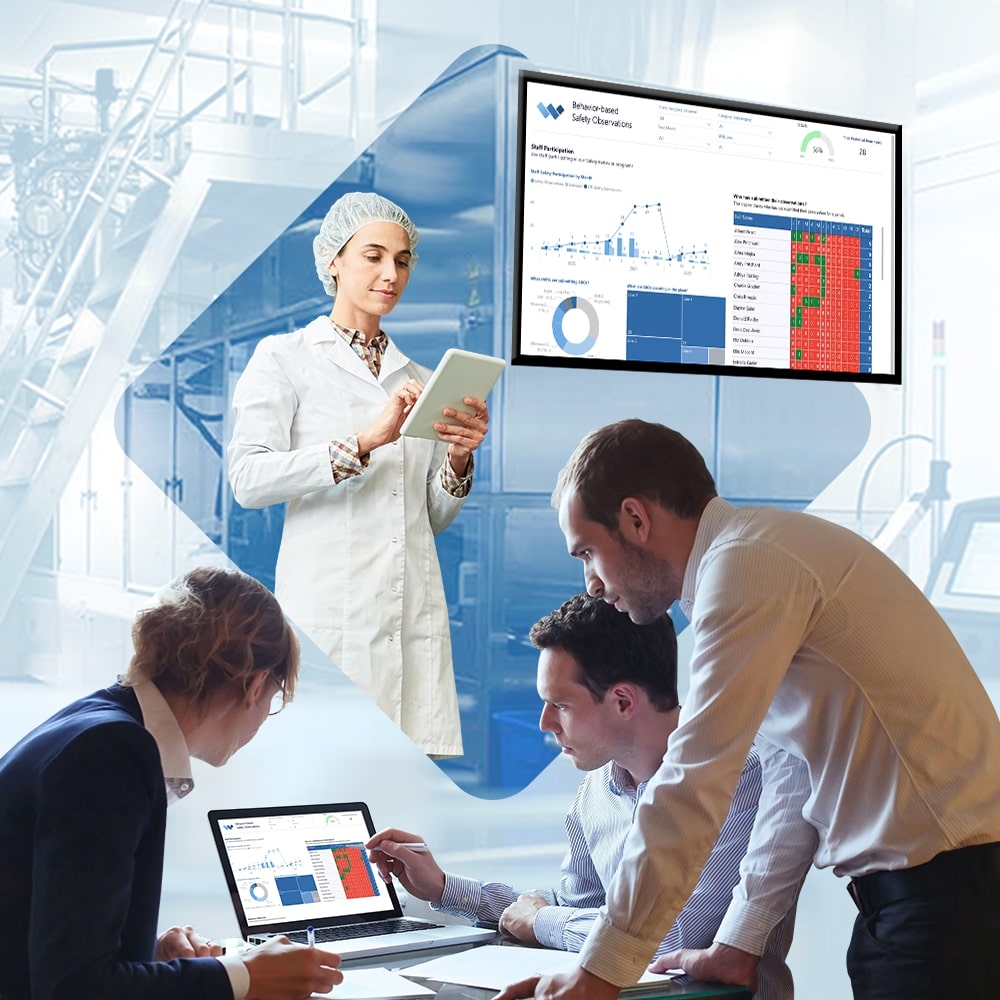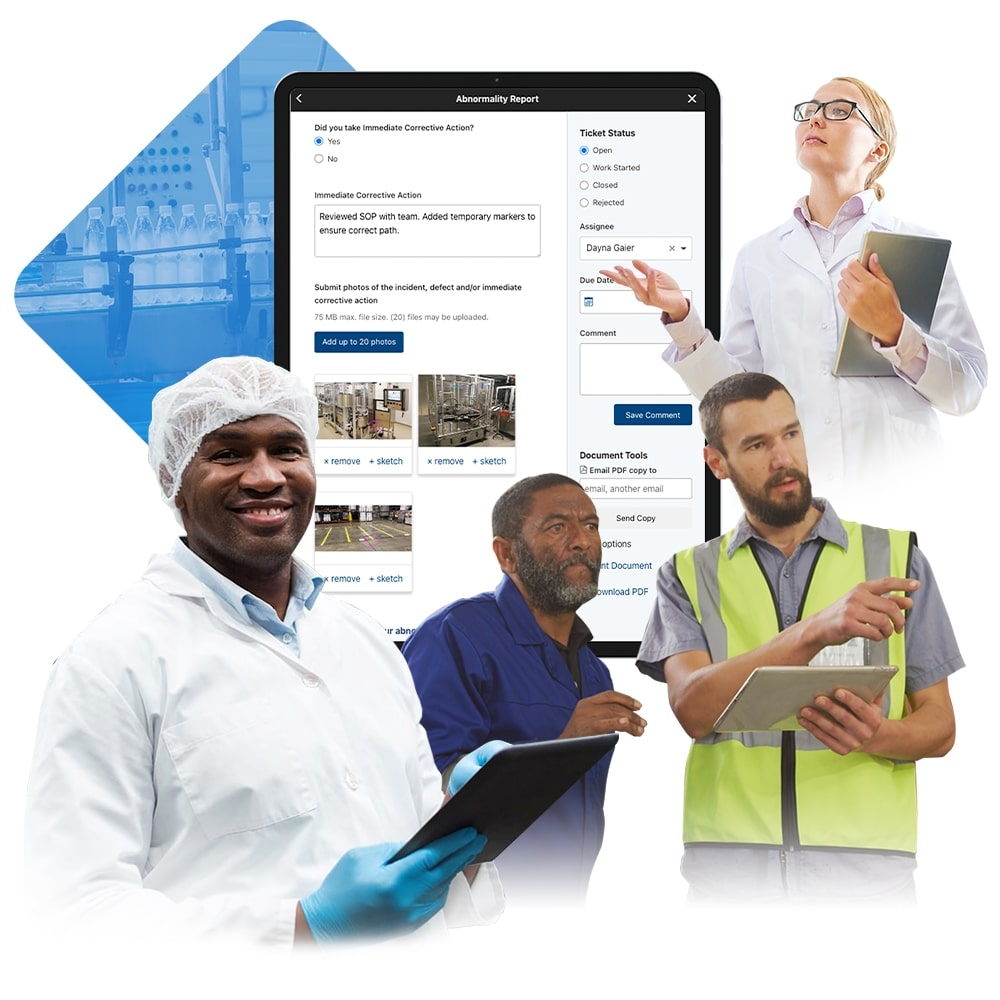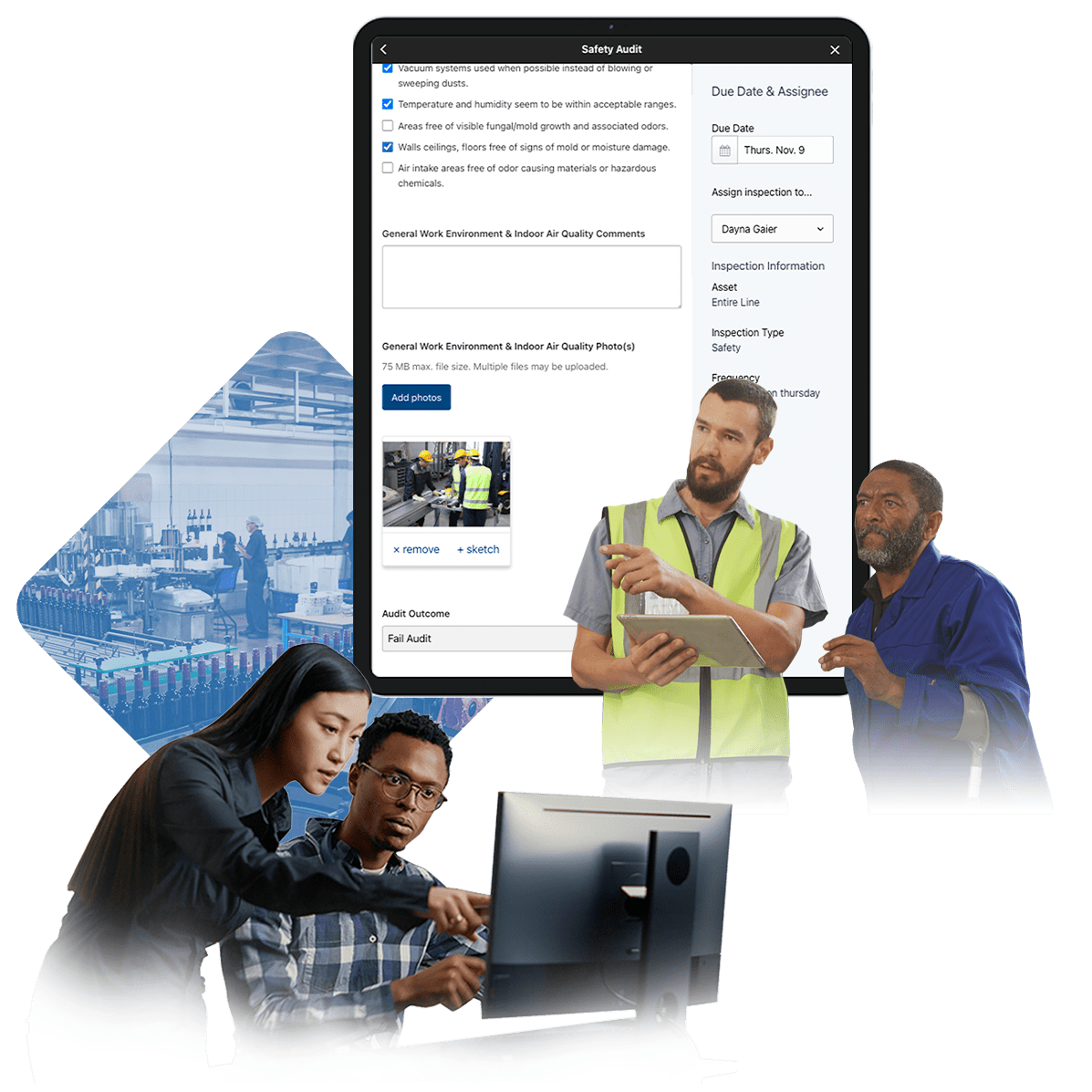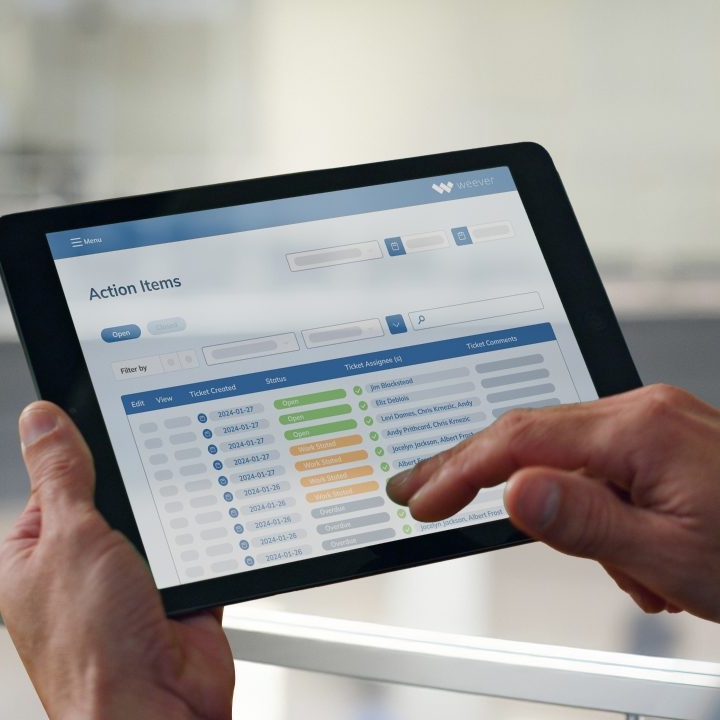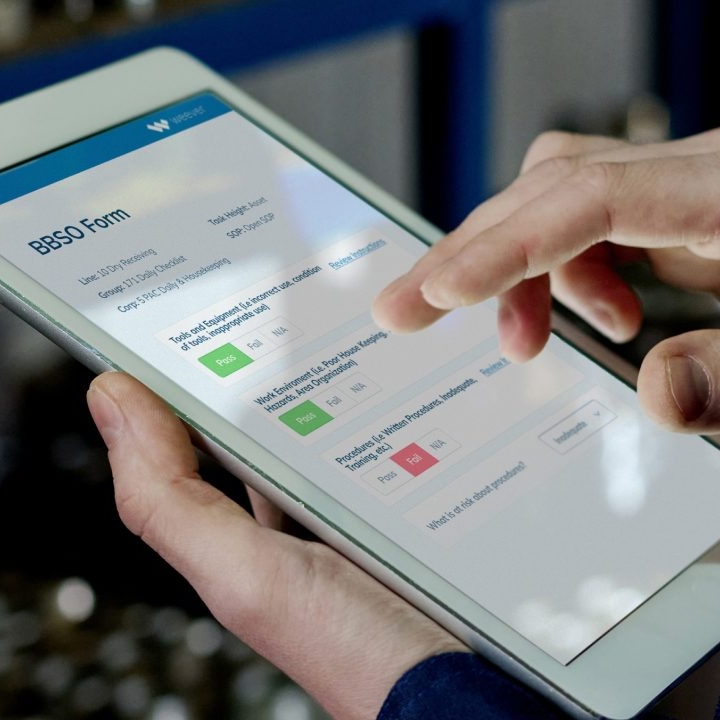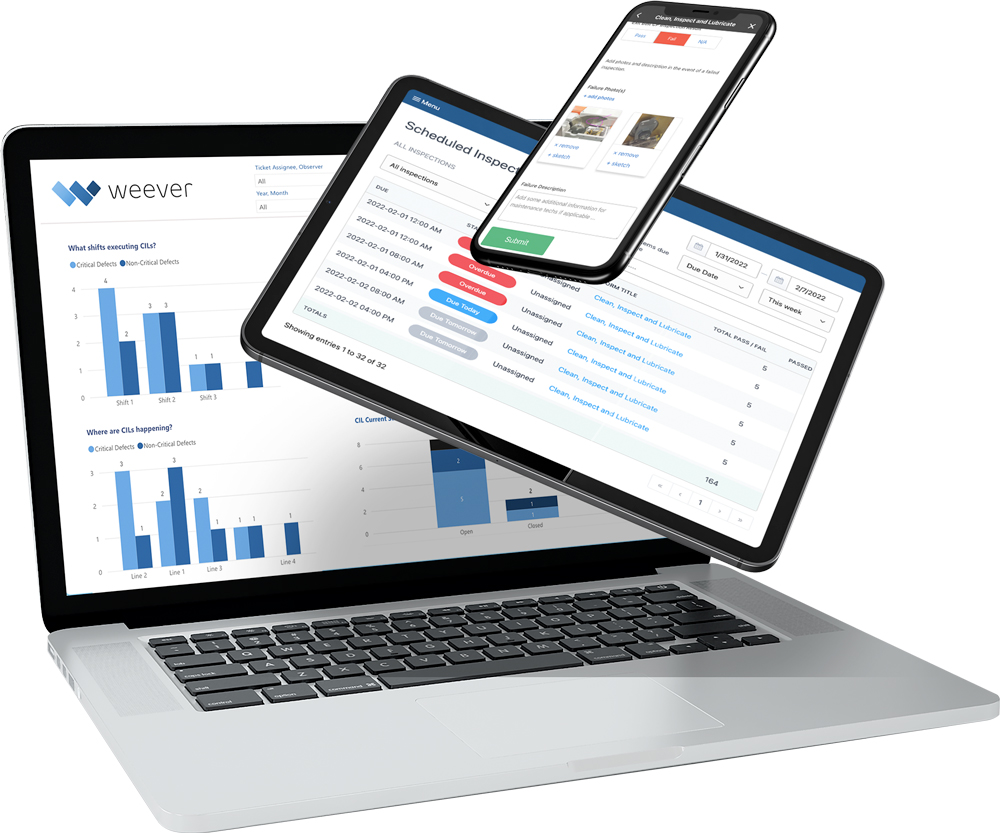The Future of Manufacturing: Embracing Integrated Work Systems
Transform manufacturing with integrated work systems. Embrace Weever’s solutions for efficiency, adaptability, and future success.
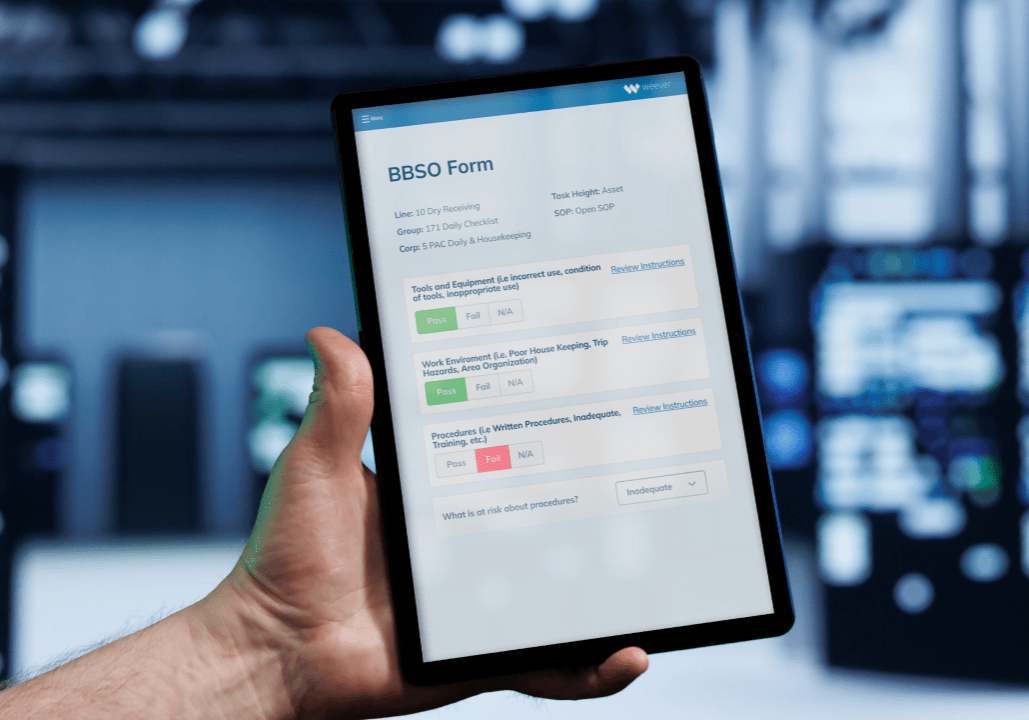
The manufacturing industry is currently experiencing a significant transformation, driven by rapid advancements in technology and an increasing need for efficiency and adaptability. Traditionally reliant on manual processes and isolated systems, manufacturers are now embracing digital solutions to streamline operations and enhance productivity. The integration of advanced technologies is no longer a luxury but a necessity for staying competitive in the global market.
Technological advancements such as the Industrial Internet of Things (IIoT), artificial intelligence (AI), and advanced robotics are revolutionizing the manufacturing landscape. These innovations enable real-time data collection, predictive analytics, and automation, leading to improved decision-making and operational efficiency. The integration of these technologies allows manufacturers to optimize production processes, reduce downtime, and maintain high-quality standards.
At the heart of this transformation are integrated work systems, which seamlessly connect various elements of the manufacturing process. These systems facilitate the flow of information across different departments and stages of production, creating a cohesive and efficient workflow.
By leveraging integrated work systems, manufacturers can achieve greater transparency, agility, and responsiveness to market demands. The potential of these systems to drive significant improvements in manufacturing efficiency and productivity underscores their critical role in the industry's future.
Understanding Integrated Work Systems
Integrated work systems are comprehensive frameworks that connect various components of the manufacturing process, creating a unified and efficient operational environment. These systems encompass a wide array of technologies and tools, including IIoT devices, AI-driven analytics, cloud computing, and advanced robotics.
The core of integrated work systems lies in their ability to facilitate seamless connectivity and data sharing across different departments and production stages. This interconnectedness ensures that information flows freely and accurately, enabling real-time monitoring, predictive maintenance, and optimized resource allocation. For instance, smart factories equipped with IIoT sensors and AI analytics can predict equipment failures before they occur, significantly reducing downtime and maintenance costs.
Another example is the use of digital twins, which create virtual replicas of physical assets, allowing for detailed analysis and process optimization. By implementing integrated work systems, manufacturers can achieve unprecedented levels of efficiency, agility, and responsiveness, positioning themselves for success in the rapidly evolving industrial landscape.
Technological Advancements Driving Integration in Manufacturing Processes
The driving force behind integrated work systems is a suite of cutting-edge technologies that revolutionize manufacturing processes. The Industrial Internet of Things (IIoT) enables interconnected devices to communicate and share data, providing real-time insights into production. Artificial Intelligence (AI) and Machine Learning (ML) analyze this data to predict trends, optimize operations, and make informed decisions. Advanced robotics and automation streamline repetitive tasks, enhancing precision and speed, while cloud computing and data analytics facilitate the storage, processing, and accessibility of vast amounts of information.
Together, these technologies enhance efficiency, accuracy, and decision-making across the manufacturing floor. The benefits of embracing integrated work systems are profound: improved operational efficiency and productivity, enhanced real-time monitoring and maintenance, superior quality control, reduced downtime, and increased flexibility in adapting to market changes. For example, manufacturers that have adopted these systems report significant improvements, such as a 30% reduction in downtime and a 25% increase in production efficiency, illustrating the transformative potential of integrated work systems in the industry.
Future Trends in Integrated Work Systems and Overcoming Challenges in Manufacturing
Looking ahead, integrated work systems are poised to usher in a new era of manufacturing marked by predictive maintenance, which minimizes downtime by anticipating equipment failures before they occur.
The rise of autonomous manufacturing and smart factories, where machines independently manage production processes, will further enhance efficiency and precision. Digital twins, virtual replicas of physical assets, play a crucial role in optimizing manufacturing processes by allowing for detailed simulations and real-time adjustments. Human-robot collaboration is also set to revolutionize the workforce, combining human creativity with robotic precision to achieve unprecedented productivity. Additionally, integrated work systems promote sustainable manufacturing practices by optimizing resource use and reducing waste.
However, implementing these systems comes with challenges, including high initial costs and investments, integration with existing systems, data security and privacy concerns, and the need for extensive workforce training and change management. Overcoming these obstacles requires strategic planning, leveraging scalable and configurable solutions, investing in cybersecurity measures, and fostering a culture of continuous learning and adaptability within the workforce. By addressing these challenges, manufacturers can fully harness the potential of integrated work systems to drive future success.
The Role of Configurable Solutions and Weever for Manufacturers
Configurability is crucial in integrated work systems, enabling manufacturers to tailor solutions to their specific needs and ensuring seamless integration across diverse operations. Configurable solutions allow for:
- Adaptable to unique manufacturing processes.
- Scalability, adapting to growth and changing demands.
- Future-proofing by accommodating technological advancements.
Weever’s solutions exemplify the power of configurability in enhancing integration:
- Ease of Use: User-friendly interfaces tailored to various roles.
- Automated Workflows: Streamlining tasks and reducing manual input.
- Real-Time Reporting: Providing actionable insights and trend analysis.
The Transformative Potential of Integrated Work Systems
Integrated work systems hold transformative potential for the manufacturing industry, driving unparalleled efficiency, precision, and adaptability. By embracing these advanced technologies, manufacturers can optimize their operations, reduce downtime, and stay competitive in a rapidly evolving market.
The journey towards this future is paved with the promise of increased productivity and sustainability. To fully realize these benefits, manufacturers are encouraged to adopt Weever's configurable solutions, which are designed to meet diverse needs and ensure seamless integration. By partnering with Weever, manufacturers can not only navigate the complexities of modern manufacturing but also position themselves for long-term success and innovation.
Partner with Weever and step into the future of manufacturing.
Download the Ultimate Guide
Discover how to transform manufacturing with integrated work systems and embrace Weever’s solutions for efficiency, adaptability, and future success.
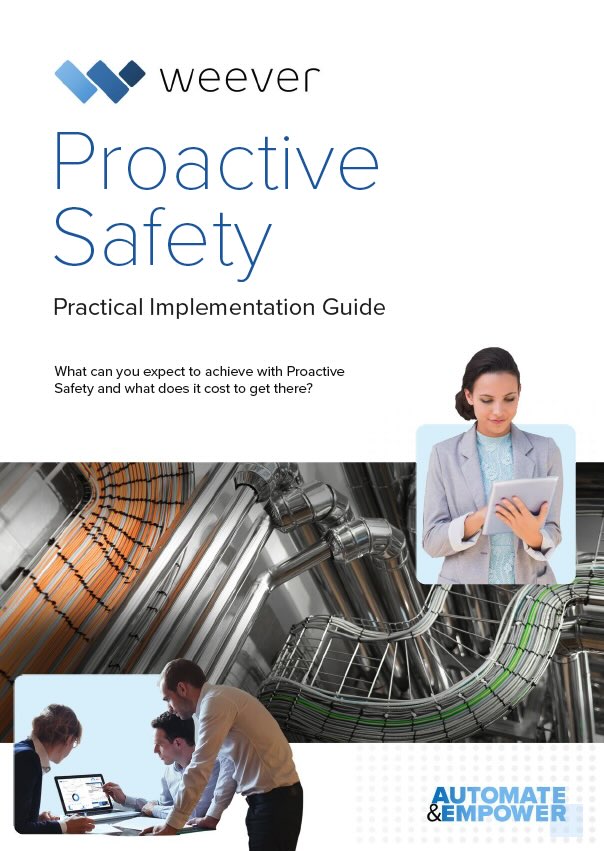
Continue Reading
"Having cloud-based forms on devices around the facility makes them so much more accessible, which makes it painless for operators to quickly provide a report."
Johanna Velez, VP Quality Assurance


"Weever is really user friendly and will have a massive positive impact on our operations and training team."
Mel Cadle - Op Ex Lead Process Engineer


"It's shifted our safety culture because now we are much more focused on what we should be looking at."
Kody Crossen, Operations Manager of EHS


